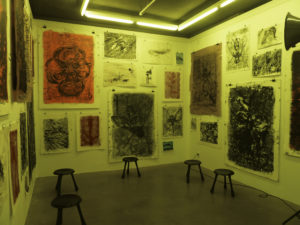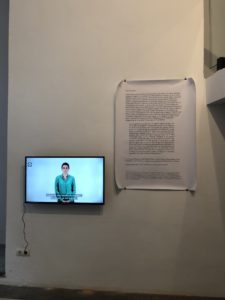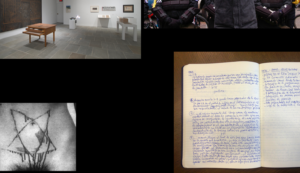Text made in occasion of solo show Geopolitics of Nature, by Oswaldo Maciá, at espaivisor. Until May 24th,  2019

Such is the evolution and degree of sophistication of relational representation, that contemporary visual art questions its own linguistic capacities to the extent that it can even exist without conjuring up images. What, in essence, reflects on the idea of vision —in terms of the perception, generation and ultimate reception of images— also pushes back the boundaries for other senses, which it co-opts as synesthetic qualities. The sense of smell delves deep down in the personal archive of our memory bank, transporting us back to a primeval origin; sound and the sense of hearing are able to create a parallel reality around us that reflects on duration and time. But these are only the means; in the work of Oswaldo Maciá (Cartagena de Indias, 1960), the messages are conveyed through a diversity of research material that embraces everything from a microscopic gaze on migration or the pollination of insects to the macro-political decisions that affect our lives and the habitats in which they are played out.

 Â
 




